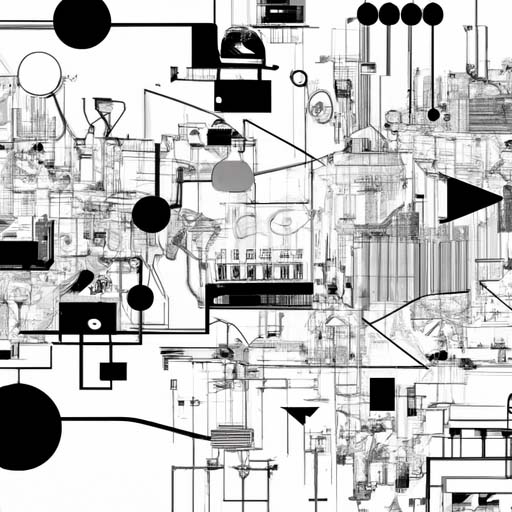TLDR:
Cadets at the United States Air Force Academy are working on a patent for an innovative gaze-assisted wheelchair technology. The project, started by Col. Brian Neff in the Department of Electrical and Computer Engineering in 2018, aims to provide assistive technology that can be used in an uncontrolled environment. The project has a potential Department of Defense application, as it could be used as a mechanism for pilots or operators of complex military systems. Additionally, the cadets are motivated by the opportunity to make a humanitarian impact by providing the wheelchair to someone in need.
Key Points:
- Cadets at the United States Air Force Academy are working on patenting gaze-assisted wheelchair technology as part of a capstone project in the Department of Electrical and Computer Engineering.
- The project, started by Col. Brian Neff in 2018, aims to create a wheelchair with an eye-motion-assisted controller that can be used in an uncontrolled environment.
- The cadets have refined previous prototypes and redesigned control interfaces based on their experiences with video games.
- The wheelchair has a potential Department of Defense application as it could be used as an “eyesight-alone” mechanism for pilots or operators of complex military systems.
- Once completed, the cadets will present the wheelchair to someone who can benefit from it, fulfilling a humanitarian need.
Cadets at the United States Air Force Academy are working on patenting gaze-assisted wheelchair technology as part of a capstone project in the Department of Electrical and Computer Engineering. The project, which began in 2018 under the leadership of Col. Brian Neff, aims to create a wheelchair with an eye-motion-assisted controller that can be used in an uncontrolled environment. The primary contribution of the cadets involved in the project has been refining previous prototypes and redesigning control interfaces based on their experiences with video games. The redesigned control interface is more usable and has the potential to be applied in various military systems to assist pilots, ground vehicle controllers, or operators. The project also serves a humanitarian purpose, as the completed wheelchair will be given to someone who can benefit from it.
The motivation behind the project varies among the cadets. One member of the team, Cadet 1st Class Cade Isley, has a personal connection to the project. His youngest cousin was born with a rare mitochondria disease and now needs a walker to get around her high school. Isley chose to focus on Human Factors in Systems Engineering to optimize systems and design projects that can make people’s lives easier. He hopes that the gaze-assisted wheelchair could potentially improve the quality of life for individuals like his cousin.
Overall, the gaze-assisted wheelchair technology being developed by the cadets at the United States Air Force Academy has the potential to make a significant impact both in military settings and for individuals who rely on assistive technology for mobility. The project demonstrates the innovation and adaptability of the cadets and highlights their dedication to serving others through their engineering skills.
